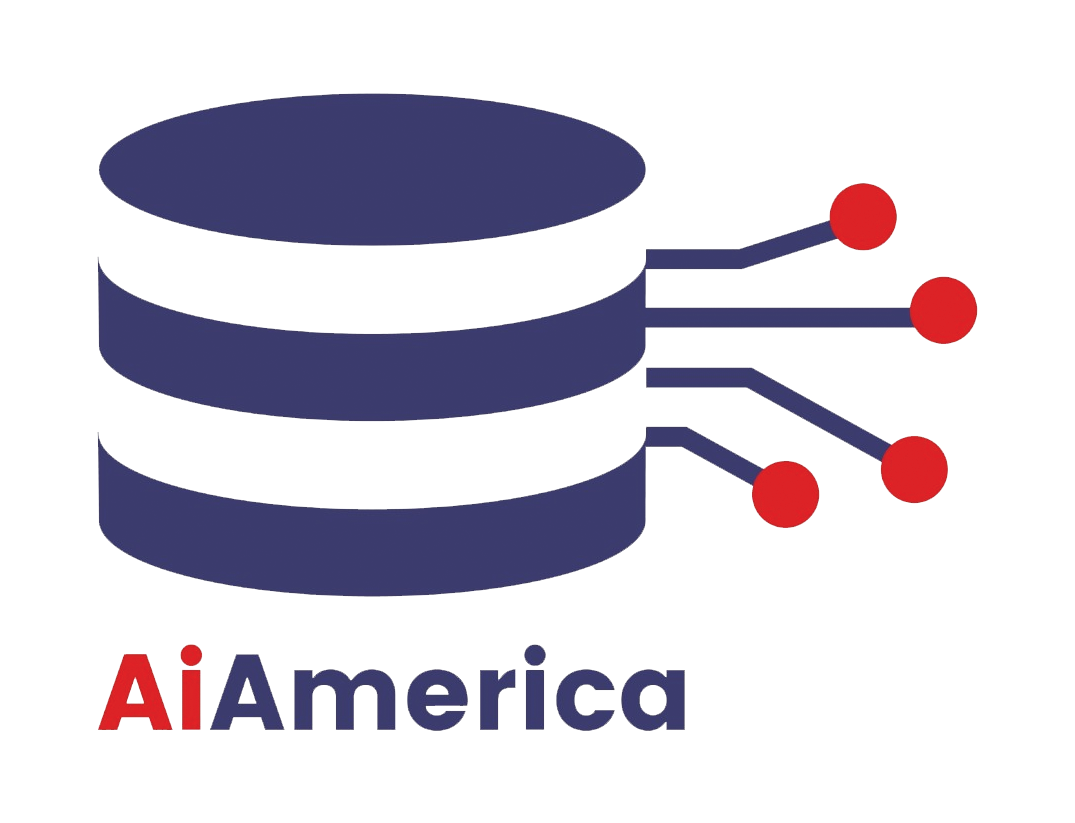
Close


Introduction:
In a world where data drives decisions, forecasting algorithms are the compass guiding organizations through the storm of uncertainty. This blog post embarks on a journey to demystify forecasting algorithms, shedding light on their significance, methodologies, and applications across diverse industries.
Chapter 1: Forecasting Algorithms Unveiled
What Are Forecasting Algorithms?
Forecasting algorithms are computational methods that use historical data to predict future trends and values.
Chapter 2: The Core Components
Historical Data:
The foundation of forecasting, historical data provides insights into past trends.
Forecasting Models:
Different models, like ARIMA, exponential smoothing, and neural networks, cater to various types of data and time series.
Chapter 3: The Data Transformation Dance
Data Preprocessing:
Cleaning, smoothing, and transforming raw data into a usable format.
Chapter 4: The Forecasting Process
Model Selection:
Choosing the right algorithm based on data characteristics and objectives.
Training and Testing:
Dividing data into training and testing sets to assess model accuracy.
Chapter 5: Applications Across Industries
Finance:
Forecasting stock prices, exchange rates, and economic indicators.
Supply Chain:
Predicting demand, optimizing inventory, and ensuring timely deliveries.
Chapter 6: Advanced Forecasting Techniques
Machine Learning:
Incorporating machine learning for more accurate and adaptable forecasts.
Ensemble Models:
Combining multiple forecasting models to improve predictive performance.
Chapter 7: Challenges and Considerations
Data Quality:
Garbage in, garbage out. High-quality data is paramount.
Model Overfitting:
Balancing model complexity with generalization.
Chapter 8: The Future of Forecasting
AI Integration:
Artificial intelligence will enhance forecasting accuracy and automation.
Conclusion:
Forecasting algorithms are the guiding stars in the constellation of data analytics. They empower organizations to make proactive decisions, optimize operations, and seize opportunities.
As technology advances, the realm of forecasting algorithms will only grow, allowing organizations to harness the power of AI and big data for more precise and insightful predictions. Whether it’s ensuring supply chain efficiency, managing financial risks, or meeting customer demand, forecasting algorithms illuminate the path to a brighter, data-driven future.